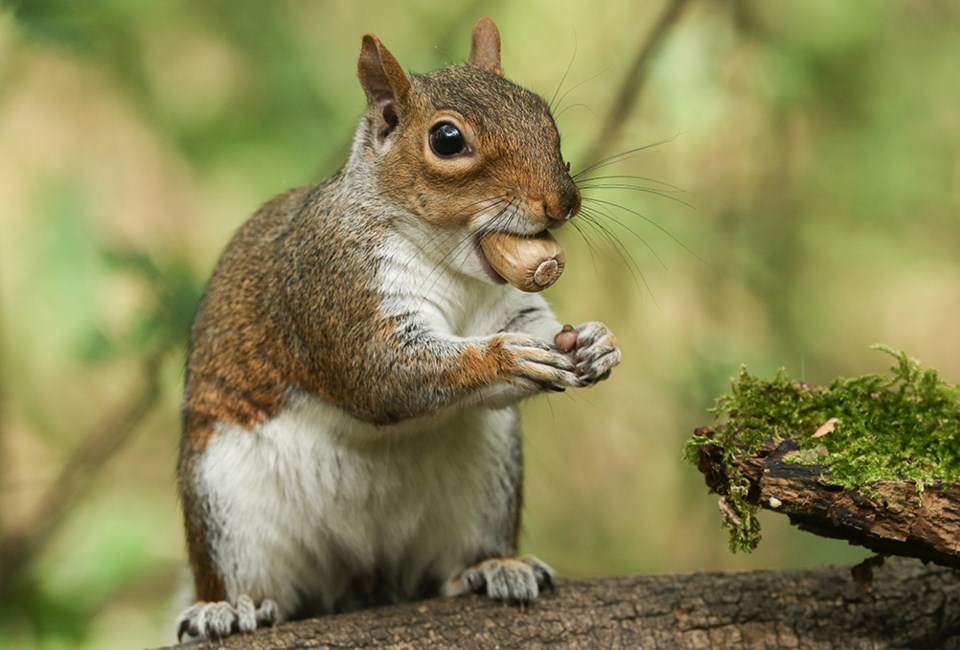As it does every autumn, the Virginia Department of Forestry is encouraging Virginians to help collect acorns and nuts to be planted at its Augusta Nursery.
Through statewide collection efforts, state-government nurseries plant more trees, of more species, from varied genetics. The resulting seedlings are then sold to Virginia landowners, typically to reforest open lands.
“Last year, we saw incredible donation numbers,” said State Forester Rob Farrell. “Thanks to collection efforts by Virginians last fall, we pulled in 8 tons of acorns and nuts, enough to potentially produce 1.5 million seedlings. This represents the largest year-to-year increase we’ve ever seen – about 400 percent over 2021 collection efforts.”
Acorns can be dropped off at Department of Forestry offices across the commonwealth; the Northern Virginia office is located at the Fairfax County government’s Herrity Building, 12055 Government Center Parkway in Fairfax.
“Donating your acorns is a huge help to us, is a great outdoor activity and provides the perfect outdoor classroom,” Farrell said.
The Department of Forestry needs the following species this year. Species with asterisks are of particular interest:
• *Black Oak
• *Chestnut Oak
• *White Oak
• *Black Walnut
• Chinese Chestnut
• Northern Red Oak
• Pin Oak
• Shumard Oak
• Southern Red Oak
• Swamp Chestnut Oak
• Swamp White Oak
• Water Oak
• Willow Oak
Those planning on contributing should keep these acorn-collection tips in mind:
• Safety first. Stay away from roadways.
• Look for whole, uncracked acorns that are dark brown or green. Collected acorns do not need caps.
• Do not collect on private property without permission.
• Place in a paper bag, not plastic bags.
• Use a separate bag for each species.
• Label the bag with the collection date and species (if known). If you’re not sure, include a few leaves from the tree to help the department with identification.
• Place in a cool area until you’re ready to drop them off.
• Collection from yards, sidewalks, driveways, etc., is recommended, to ensure collection of a single species. Forest collection makes it difficult to determine the tree of origin and often leads to mixing of acorn types.
• Avoid sticks, leaves, gravel and debris.
For more information about acorn collection, visit the Department of Forestry Website at bit.ly/45Xe2IC or contact the Augusta Nursery at (540) 363-7000.



